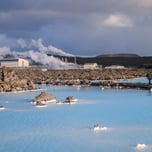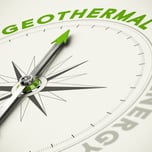Answer these simple questions and we will find you the BEST prices
Which type of solar quotes do you need?
It only takes 30 seconds
100% free with no obligation

Get up to 4 quotes from our selected suppliers by filling in only 1 form

Save money by comparing quotes and choosing the most competitive offer

Our service is 100% free and with no obligation
- GreenMatch
- Geothermal Energy
- Geothermal Electricity
Geothermal Electricity
Renewable energy sources are becoming a more integral part of the world’s demand for energy. An increased number of countries and regions are looking to diversify their current energy mix. Oil and gas will not last forever and today, the world still depends on coal and natural gas as primary sources of electricity.
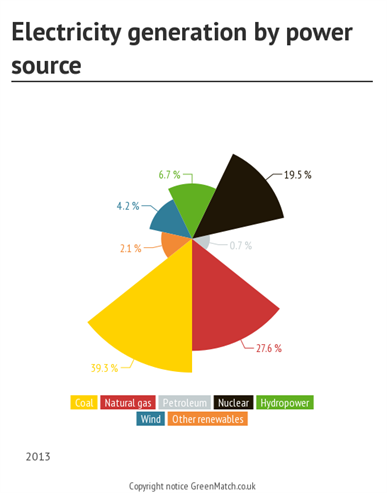
Currently, most of the renewable electricity produced around the globe comes from hydroelectric power. The power extracted from the water flow supplies electricity to around 150 countries at a relatively low cost. But lowest consumer costs are no longer the only choice criteria.
Decisions about electricity choices are now based on reliability, costs to integrate the new resources into the power grid, future prices and fluctuations, the amount of land used, environmental impact, subsidies paid by the government, security and availability of resources.
But What about Geothermal Power? Is it a Viable Energy Source?
Yes, it can. Following the energy crisis, the interest of replacing coal and shale gas has drawn attention to an unlimited source of energy: heat from the Earth. Geothermal power emerges as one of the cleanest forms of energy and it can be generated into heat and electricity. Current worldwide potential varies from 35 to 2,000 GW. Geothermal electricity is already used in countries like USA, Iceland, Italy and the Philippines, where more than 15% of the electricity production comes from geothermal power.
High Capacity Factor
Another good news is that geothermal energy is highly efficient.
Below you can see an illustration of outputs from different energy sources. Since geothermal energy does not rely on a variable source of energy (like solar or wind), its capacity factor is the highest amongst renewable sources. Also, geothermal electricity generation is as efficient as traditional sources like coal and shale gas.
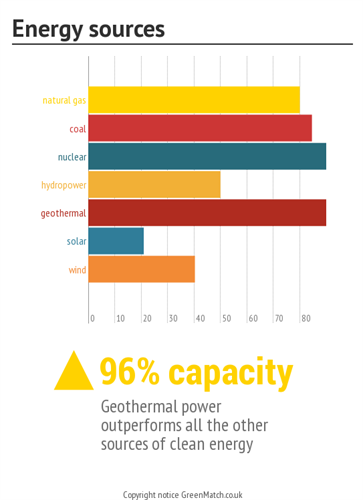
Other Benefits of Geothermal Electricity
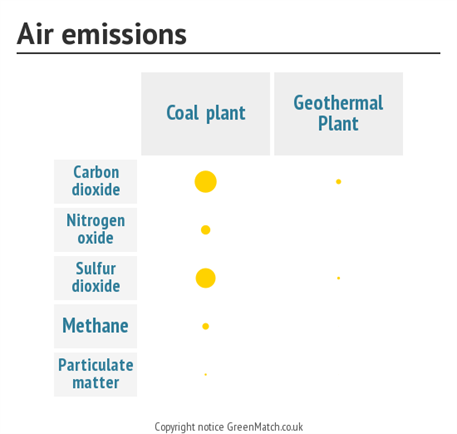
So How Is Electricity Generated from Geothermal Power?
Depending on the method used for steam-extraction, geothermal plants are built differently. Below we are going to have a brief look into the different types of power stations.
175 plants are currently in development worldwide and they are expected to power 2,500 MW over the next decade. Installed capacity is expected to double by 2020. Even though the geothermal electricity generation is far from peaking, it is one of the keys for a future of clean energy consumption.
We strive to connect our customers with the right product and supplier. Would you like to be part of GreenMatch?



